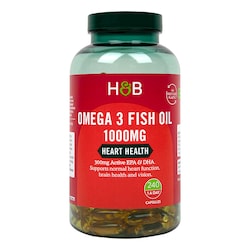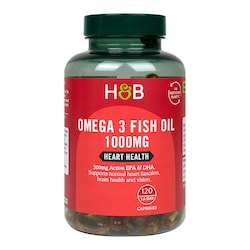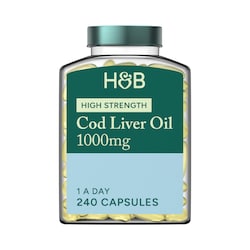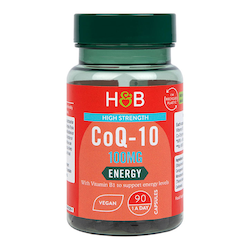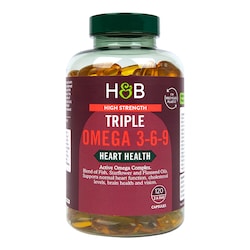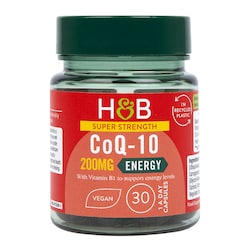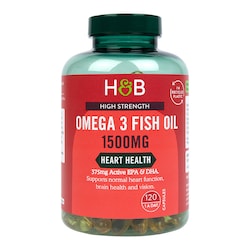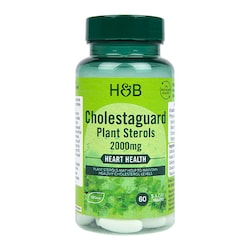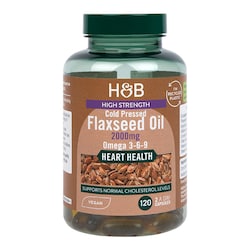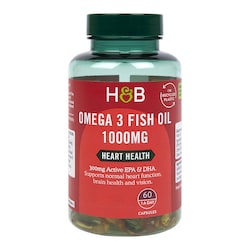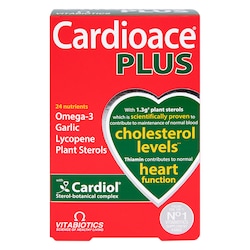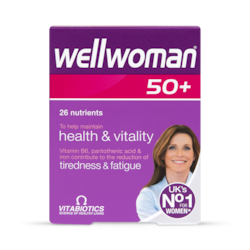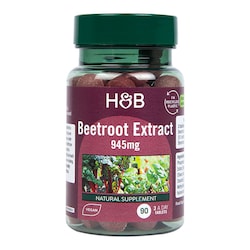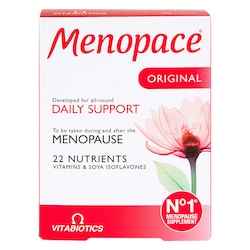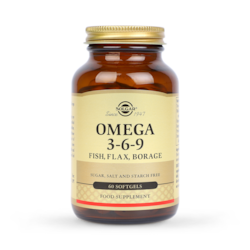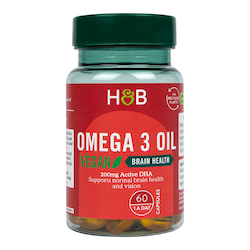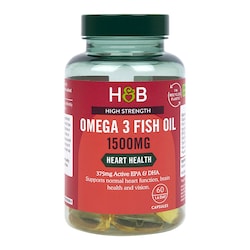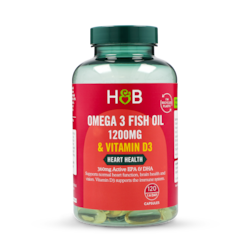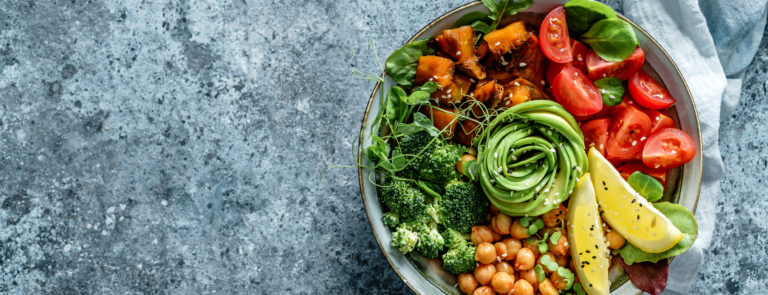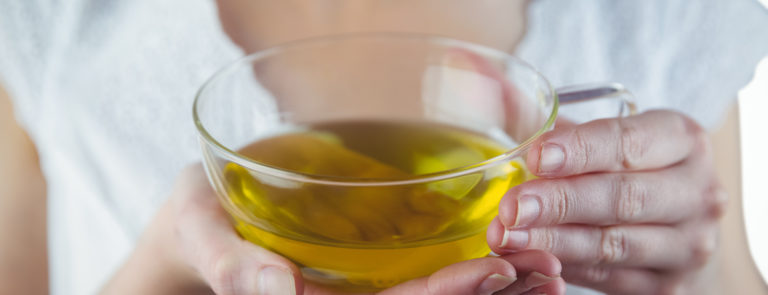15% off £30 OR 20% off £40
Blood type diet: what is it & how does it work?
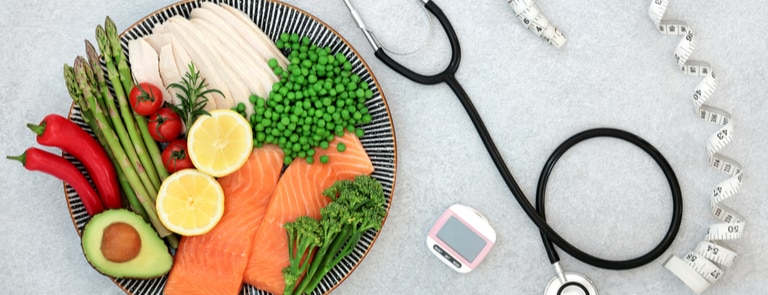
Different diets come and go. One of the diets that have been on people’s minds for a while now, is the blood type diet.
But while it may have been around since 1996, not everyone’s heard of it or is fully in the know about it.1
It’s easy to instantly think this particular diet plan may sound a bit too much because it involves blood, but it’s essentially a diet that’s very much tailored to your body’s inner workings.
For details of the blood type diet, keep reading.
This article guides you through the ins and outs of this particular diet, including what it is, what it does and what you can and can’t eat if you’re following it.
What is the blood type diet?
As the name suggests, the blood type diet is a diet that’s based on your blood type.
This particular diet was developed by a naturopathic doctor, Dr Peter D’Adamo, who believes eating food that’s in sync with your blood type will make you feel better overall.
Basing what you eat around your blood type is also believed to reduce the amount of food the body stores away as fat which, in turn, may lead to fewer health problems.2
According to D’Adamo, the diet encourages people to eat more food that’s best for their body and less food that could potentially harm it.
The blood type diet is based on the fundamental principle that we should consume what our ancestors with the same blood type ate all those years ago.
For instance, people with Type O blood were hunter-gatherers who ate meat; our Type A ancestors were vegetarian farmers and those with Type B blood were nomads, so ate a range of different food.
As well as being based on ancestral eating habits, the blood type diet is about eating more fresh food and less processed food.
(Details of what you should and shouldn’t eat can be found below).
It also factors in different exercises, depending on your blood type too.
Summary
- The blood type diet is based on your blood type – A, B, AB or O
- It encourages people to eat more of the food that’s best for their body and less of the food that could potentially harm it
- It involves eating more fresh food, less processed food and exercising
Does a blood type diet really work?
Dr D’Adamo believes that the way your body responds to food depends on what blood type you are, and that eating in this way can lead to weight loss and better digestive health.
It’s also said to give your overall well-being a boost too.
But is it true; can eating this way really have that much of an impact on our bodies?
The answer to this is mixed, mainly due to the fact there aren’t any peer-reviewed scientific studies to evidence or support the blood type diet.3
If you Google this specific question, you’ll find there are divided opinions on its effectiveness, with limited research to illustrate the claims that it does work.
Research published by Douglas Guggenheim, a physician at the Abramson Cancer Center in America found that certain chronic diseases, such as some types of cancer and heart problems, are more likely to be experienced by people with certain blood types.4
However, no research links have yet been made between these diseases and the blood type diet’s ability to reduce the risk of developing them.5
Meanwhile, a study published in the journal, PLoS One in 2014, found that following a diet that’s similar to the blood type A and AB type in the blood type diet, was associated with lower blood pressure and cholesterol levels.
A total of 1,455 people completed questionnaires designed to determine how frequently they'd consumed certain foods in the space of a month as part of the study.
What’s more, the same study concluded that following a diet that’s similar to the type O blood type diet was connected with lower levels of triglycerides (high levels of blood fat that can lead to cardiovascular disease).
Participants also followed a similar diet to the type B blood type diet, but no significant results or links were reported.6
Summary
- Opinions on whether the diet works are mixed
- At present, there aren’t any peer-reviewed scientific studies to evidence or support the blood type diet
- Similar diets to the blood type diet have been found to be effective for certain health issues
How do you eat for your blood type?
Given the fact there are four main blood types, the blood type diet is made up of four different eating and exercise plans, with the type A and O diets reportedly being more strict than the other two:
| Blood type | What you can eat | What you can't eat | Exercise guidance |
|---|---|---|---|
| Type A - the cultivators | Vegetables, fruit, grains, beans, legumes, nuts and seeds | Dairy, meat, fish, poultry, eggs and processed foods | Calming exercises such as golf or yoga |
| Type B - the nomads | Vegetables, fruit, grains, beans, legumes, meat, poultry, fish, eggs and dairy | Nuts, seeds and processed foods | Moderate-intensity exercise such as walking, hiking and tennis |
| Type AB - the enigmas | Foods from both the type A and type B diets. However, sticking to a vegan diet most of the time is highly recommended | Processed foods | Both calming and moderate-intensity exercise |
| Type O - the hunters |
Meat, poultry, fish and olive oil. Eat certain vegetables, nuts, seeds and eggs in moderation |
Dairy, grains such as cereal, bread, pasta and rice, beans and processed foods |
Vigorous exercise such as running |
It’s important to note here that the food on the ‘what you can’t eat’ list isn’t strictly forbidden.
It’s just that not all food is classed as being beneficial for different blood types according to Dr D’Adamo.7 He also says that:8
People with type A blood - are predisposed to heart disease, cancer and diabetes, and do better on an organic, vegetarian diet with calming, centring exercise, such as yoga and tai chi.
People with type B blood - have a robust immune and digestive system and are more adaptable than other blood types.
He recommends moderate physical exercise and balance exercises and a ‘well-rounded’ diet.
According to the theory behind the diet, people with type B are also more susceptible to developing autoimmune disorders, such as lupus and multiple sclerosis.
People with type AB blood - are more biologically complex than people with other blood types.
They tend to benefit from doing a combination of the exercises and diets for types A and B but should limit their meat intake.
It’s believed this blood type tends to have fewer allergies but is more susceptible to developing heart disease and anaemia.
People with type O blood - benefit from doing intense physical exercise and eating animal proteins.
However, gluten, lentils, kidney beans, corn and cabbage can lead to weight gain in people with this blood type.
Health conditions associated with type O, include arthritis, asthma, hay fever, and other allergies.
What foods should O positive blood types avoid?
Taking a look at the table above, people following the O blood type diet are hunters, just like our ancestors, so should eat more meat, some grains and a moderate amount of vegetables, eggs, nuts and seeds.
People following this particular diet should avoid eating dairy.9
Fortunately, the range of dairy-free products on the market has grown over the years and there are now lots of ‘free from’ (which includes free from dairy) options to choose from.
Dairy alternatives are made from the widest range of food sources these days, including soy, nuts and rice.
Can Type O blood drink coffee?
When it comes to drinks, caffeine and alcohol aren't recommended for type O people.
Fizzy drinks, tea, coffee and all types of wine, beer and spirits are restricted on this particular blood type diet.
According to D’Adamo, people with blood type O should avoid caffeine because it increases their adrenaline levels.10
However, there are lots of caffeine alternatives out there, ranging from chicory coffee and turmeric latte to barley drink and maca, all of which come with their own set of health benefits.
Summary
- Type A blood types should eat fruit, veg, grains etc, but not animal-derived products or processed food
- Type B blood types should eat fruit, veg and meat and dairy, but avoid nuts, seeds and processed food
- Type AB blood types should eat Type A and B food, but not processed food
- Type O blood types should eat meat, poultry and fish, but avoid dairy, cereal, bread, pasta and processed food
Example diet plans for every blood type
What does following the blood type diet look like in reality?
It can be difficult to visualise and stick to a new eating regime unless you’ve planned out what you’re going to eat. Below are some recipe examples for all four blood types:
1. Type O
Breakfast: Two slices of organic bread with almond butter, vegetable juice and a banana
Lunch: A spinach salad with roast beef and fruit slices
Snack: Fruit
Dinner: Lamb stew with a range of vegetables
Dessert: Fruit salad
2. Type A
Breakfast: Buckwheat pancakes topped with maple syrup, tahini, jam or lemon juice
Lunch: Curried peanut tempeh with carrots, celery and broccoli
Snack: Trail mix
Dinner: Rice pasta with feta cheese and greens
Dessert: Crumb apple pie
3. Type B
Breakfast: Oatmeal with unsalted butter or ghee
Lunch: Indian curry salad
Snack: Kale chips
Dinner: Apple-braised lamb shoulder chops
Dessert: Carob fudge
4. Type AB
Breakfast: Silken tofu scramble with carrots and zucchini
Lunch: Mushroom soup
Snack: White bean houmous with celery sticks
Dinner: Grilled cod and veggies over apricot-walnut couscous
Dessert: Flourless almond butter and raisin cookies
Takeaway
You can’t change your blood type, but according to Dr D’Adamo, you can improve your health by adapting your eating and exercise habits based on your blood type.
While more scientific evidence is required to back up D’Adamo’s health claims, the benefits of eating fresh, unprocessed food and following a healthy and balanced daily diet are widely reported.
If you are planning on following the blood type diet or any other type of diet, always speak to your GP or medical professional first to check that it’s safe for you to do so.
Last updated: 15 September 2021
- https://www.thehealthy.com/weight-loss/blood-type-diet/
- https://www.winchesterhospital.org/health-library/article?id=214387#:~:text=Overview,for%20type%20A%20and%20O.
- https://www.thehealthy.com/weight-loss/blood-type-diet/
- https://www.pennmedicine.org/updates/blogs/health-and-wellness/2019/april/blood-types
- https://www.thehealthy.com/weight-loss/blood-type-diet/
- https://www.verywellfit.com/the-blood-type-diet-89893
- https://www.verywellfit.com/the-blood-type-diet-89893
- https://www.verywellfit.com/the-blood-type-diet-89893
- https://www.verywellfit.com/the-blood-type-diet-89893
- https://woman.thenest.com/food-not-good-o-blood-type-20745.html


